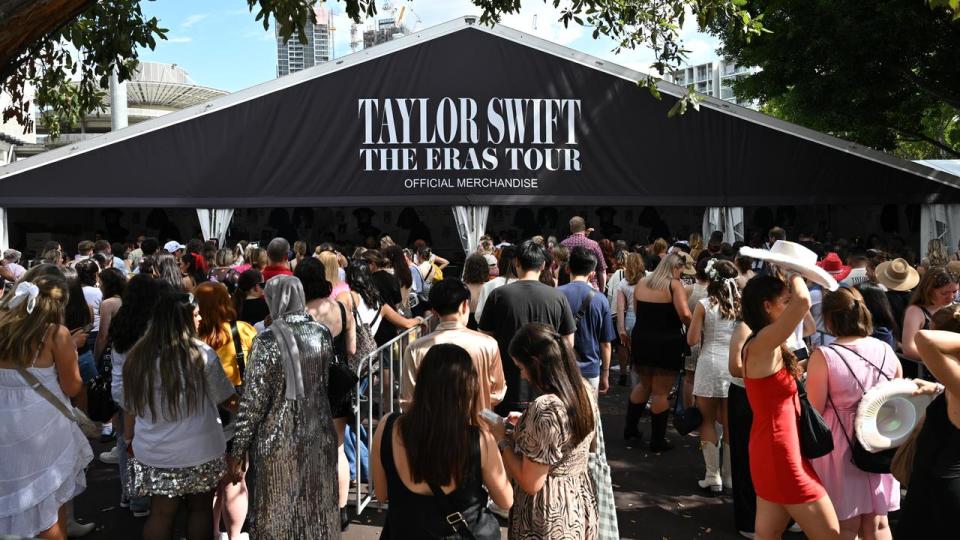Retailers feel pinch as shoppers stay home, spend less
Shoppers stayed home more than expected in March as stubborn cost of living pressures prompted them to forgo non-essential purchases.
Retail sales slid 0.4 per cent in March, according to the official Australian Bureau of Statistics count, which was lower than the 0.2 per cent increase pencilled in by analysts.
The softer month for retailers followed a 0.2 per cent rise in February - which was partly fuelled by a flurry of sales activity in department stores and the like due to Taylor Swift concerts - and a one per cent increase in January.

Higher mortgage repayments, a growing tax take and elevated prices have been taking a toll on Australian consumers and leading to weakness in retail sales, especially across discretionary goods and services.
Food retailing was the only industry to record growth over the month, lifting 0.9 per cent.
Clothing, footwear and personal accessory retailing fell 4.3 per cent and department store sales declined 1.6 per cent.
Household goods retailing was down 1.4 per cent, other retailing dropped 0.3 per cent, and cafes, restaurants and takeaway food services slid 0.2 per cent.
Compared with March last year, sales by businesses as tracked by the bureau,
lifted 0.8 per cent.
ABS head of retail statistics Ben Dorber said it was the weakest growth on record, outside the pandemic and introduction of the GST, when comparing turnover to the same time the year before.
"Consumers pulled back on retail spending in March as cost of living pressures remained high," Mr Dorber said.
The official retail sales figures follows stronger-than-expected inflation data that dimmed hopes of interest rate cuts in coming months and had some economists warning further hikes could not be ruled out.
"Consumers pulled back on retail spending in March as cost of living pressures remained high," Ben Dorber, ABS head of retail statistics
Visit https://t.co/IoeJM2KIyH pic.twitter.com/OrvMo4v7Al— Australian Bureau of Statistics (@ABSStats) April 30, 2024
Yet Oxford Economics Australia head of macroeconomic forecasting Sean Langcake said the weak retail data was further confirmation consumer demand was "very restrained" due to financial pressures.
The 0.8 per cent increase in spending compared to a year earlier was "a very soft trend", he said, when considering population growth.
"Strong price inflation for essentials like health and education and higher rent and mortgage costs are still putting the squeeze on household budgets and discretionary spending," Mr Langcake said.
High prices for non-discretionary items in the consumer price index had been enough to prompt the Commonwealth Bank to push out its forecasts for interest rate cuts from September to November.
All four of the big banks now expect interest rates to start coming down that month after Westpac updated its call last week following the hotter-than-expected inflation data.
CBA head of Australian economics, Gareth Aird, said the RBA had been successful at bringing down inflation for nice-to-haves but the essentials component was proving harder to budget.
"We believe that incredibly strong population growth, driven by net overseas immigration, has put upward pressure on some important components of the consumer price index basket; most notably the housing-related components," he wrote in a note.
"As a result, demand is stronger and so inflation is falling less quickly than otherwise."


